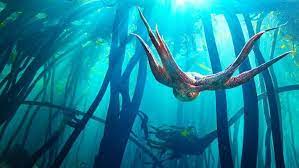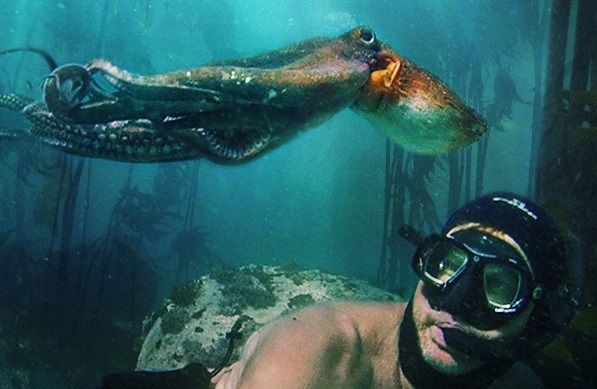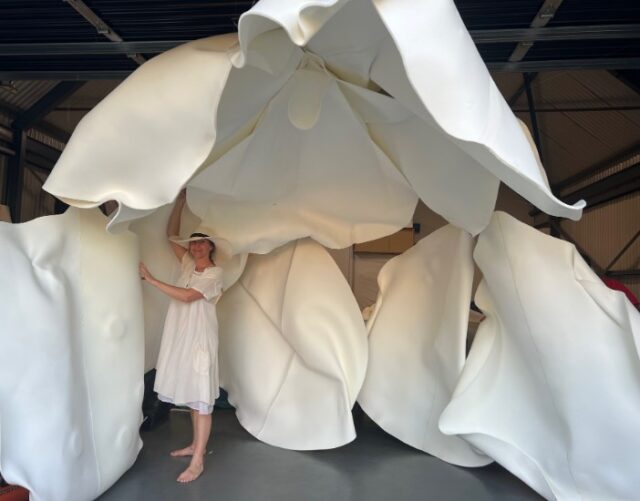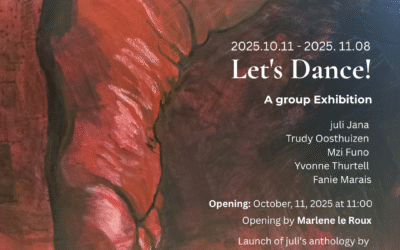The Cape kelp forests, recognised as the backdrop of ‘My Octopus Teacher‘, have been named one of the Seven Wonders of the World.
According to Bloomberg, the Seven Wonders of the World is the original bucket list and includes archaeological and natural treasures spanning far wider than the ancient Greek world and catering to all types of modern explorers.
It is the only forest of giant bamboo kelp on our planet, harbouring other-worldly creatures, startling abundance, and rich biodiversity. This enormous habitat fringes the shores of Cape Town and stretches north for more than 1000km into Namibia. In contrast to many kelp forests that are shrinking, shifting, and in numerous cases, even disappearing, the Great African Seaforest is thought to be growing.
And so, in order to create awareness around the kelp forest for its long-term protection, the Sea Change Project decided that it needed an identity.
Great African Seaforest
 “Something that would capture public attention and allow us to share its stories in a more compelling way. Out of this, the name, ‘Great African Seaforest’ arose. What makes this ecosystem so exciting to us, is that so much of the Great African Seaforest and its inhabitants have never been studied. In this place, it is not uncommon to find new species or new animal behaviours on a daily basis. The value that comes through sparking this curiosity for the natural world is priceless.”
“Something that would capture public attention and allow us to share its stories in a more compelling way. Out of this, the name, ‘Great African Seaforest’ arose. What makes this ecosystem so exciting to us, is that so much of the Great African Seaforest and its inhabitants have never been studied. In this place, it is not uncommon to find new species or new animal behaviours on a daily basis. The value that comes through sparking this curiosity for the natural world is priceless.”
Meanwhile, Bloomberg describes it as “a shallow underwater jungle more than twice as wide as the Grand Canyon – and a home to millions of creatures”.
“The mammoth vines thrive where Atlantic tides give way to cold Antarctic currents; a phenomenon called upwelling, where two ocean layers slosh together, is key to their growth.”
For full story by Erene Roux, see The South African
See also Cape Town Green Map and watch out for the publication of the Cape Town Coastline Green Map.






